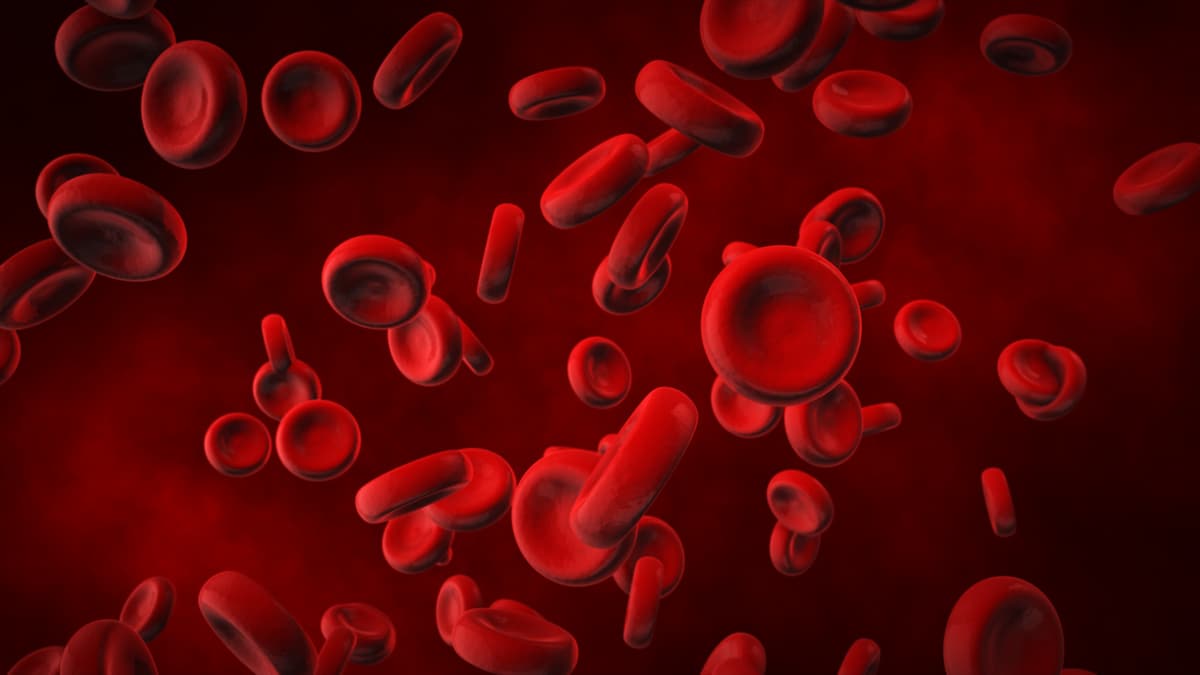Lower Tumor Burden, Basal Inflammation Confer PFS With Ide-Cel in Myeloma
Those with relapsed/refractory multiple myeloma and lower tumor burden are also more likely to have deeper responses to idecabtagene vicleucel.
Peak granzyme B levels following infusion were increased in those who had longer PFS. According to the investigators, robust CAR T cell cytolytic function may correlate with more enduring responses.

Characteristics such as lower tumor burden and lower basal inflammation appear to correlate with improved progression-free survival (PFS) among patients with relapsed/refractory multiple myeloma who receive treatment with idecabtagene vicleucel (ide-cel; Abecma), according to correlative analysis findings from the phase 3 KarMMa-3 trial (NCT03651128) presented as a poster at the 2024 European Hematology Association Congress (EHA).1
Those with a lower tumor burden based on reduced soluble B-cell maturation antigen (sBCMA) levels had a higher likelihood of experiencing a longer PFS (P <.00002). Lower concentrations of inflammatory factors such as tumor necrosis factor-alpha (TNF-α; P <.00001) and interleukin-10 (IL-10; P <.00001) also correlated with longer PFS.
Clinical parameters that conferred longer PFS included lower levels of beta-2 microglobulin (β2M; P = .00005), lactate dehydrogenase (LDH; P = .0001), ferritin (P = .002), and C-reactive protein (CRP; P = .02). At 6 months following infusion, 87% of patients with longer PFS, defined as more than 15.7 months, had minimal residual disease (MRD) negativity at a sensitivity of 10–5 compared with 41% of those with a PFS of 15.7 months or shorter. The rates of MRD negativity in each respective group were 78% vs 14% after 6 months at a sensitivity of 10–6 and 53% vs 6% after at least 8 months at a sensitivity of 10–5.
In the multicenter, open-label KarMMa-3 trial, patients with relapsed/refractory multiple myeloma were assigned to receive ide-cel at a dose ranging from 150 to 450 x 106 CAR-positive T cells following lymphodepletion or investigator’s choice of standard therapy.2 Treatment options in the comparator arm included agents such as daratumumab (Darzalex), pomalidomide (Pomalyst), and dexamethasone, among others.
In these additional analyses of the KarMMa-3 trial, investigators centrally measured clinical chemistry, inflammation, immunology, and hematology parameters, with baseline visits taking place between bridging therapy and lymphodepletion. Additionally, ide-cel transgene levels were assessed in the peripheral blood via polymerase chain reaction (PCR)-based testing, and investigators evaluated sBCMA and 25 immune-related soluble factors.
Based on the median PFS of 15.7 months with ide-cel in the KarMMa-3 trial, investigators categorized patients as having a longer PFS of more than 15.7 months (n = 106) or a shorter PFS of no more than 15.7 months (n = 110).3 Additionally, P values were determined via the 2-sided Mann-Whitney-Wilcoxon test or the log-rank test as part of these exploratory analyses.
Peak granzyme B levels following infusion were increased in those who had longer PFS. According to the investigators, robust CAR T cell cytolytic function may correlate with more enduring responses. Decreased sBCMA levels following infusion also suggested robust pharmacodynamic responses to ide-cel and conferred prolonged PFS.
The overall response rate (ORR) was 97% among patients with longer PFS, which included a stringent complete response (sCR) or CR rate of 76%, a very good partial response (VGPR) rate of 18%, and a PR rate of 3%. The ORR for those with a shorter PFS was 65%, with reports of sCRs or CRs in 25%, VGPRs in 22%, and PRs in 19%.
Patients with longer PFS also tended to have higher cellular expansion, while PFS appeared to overlap between patients with and without detectable transgene levels. Additionally, 100% of patients with longer PFS had a completely cleared serum-free light chain compared with 54.5% of those who achieved a shorter PFS. Serum-free light chain clearance tended to last longer for patients with a longer PFS vs those with a shorter PFS (P = .00025).
References
- Arnulf B, Thompson E, Piasecki J, et al. Association of patient factors and pharmacodynamic biomarkers with progression-free survival after idecabtagene vicleucel in patients from KarMMa-3. Presented at the 2024 European Hematology Association (EHA) Hybrid Congress; June 13-16, 2024; Madrid, Spain. Abstract P876.
- Efficacy and safety study of bb2121 versus standard regimens in subjects with relapsed and refractory multiple myeloma (RRMM) (KarMMa-3). ClinicalTrials.gov. Accessed June 14, 2024. https://tinyurl.com/yck4n8w6
- Otero PR, Aliawadhi S, Arnulf B, et al. Idecabtagene vicleucel (ide-cel) versus standard (std) regimens in patients (pts) with triple-class-exposed (TCE) relapsed and refractory multiple myeloma (RRMM): updated analysis from KarMMa-3. Blood. 2023;142(suppl 1):1028. doi:10.1182/blood-2023-178933